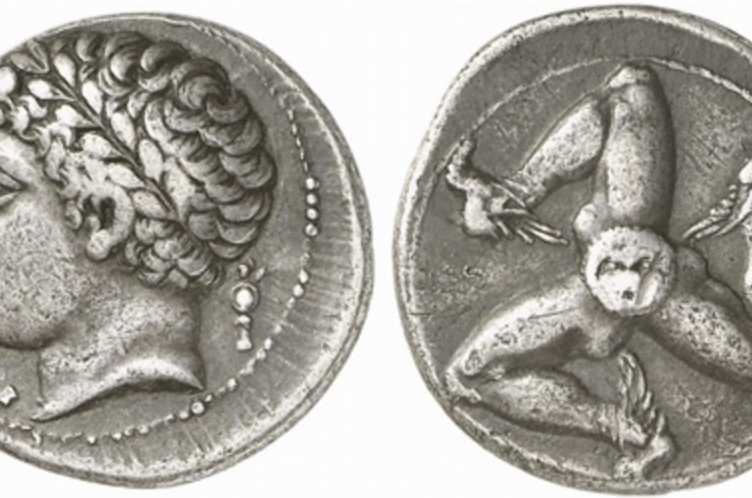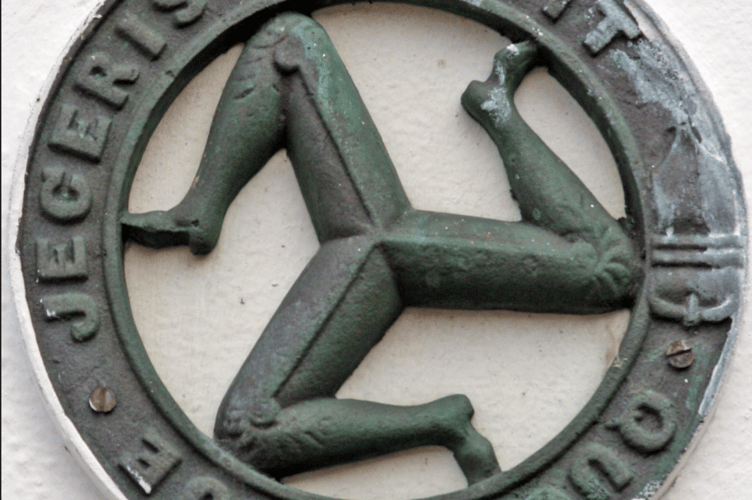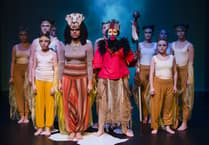What are the three legs, where did they come from and why are they on the flag?
The distinctive symbol is an iconic and strong reference to the island. Eye-catching and perhaps a little strange, what do the legs mean?
The Three Legs of Mann symbol is a remarkable emblem that has represented the Isle of Man for centuries.
It has been associated with the island since the thirteenth century, and the symbol depicts three legs in a running position, facing clockwise towards the sun.

The National Symbol is the Three Legs of Man, first officially used in the early fourteenth century on the Manx Sword of State.
The symbol was originally used as a royal coat of arms for the three kings of the island. Although the control of the island was passed over to the English Crown, the emblem was retained and officially adopted as the flag on December 1, 1932.

The Three Legs of Mann symbol has a rich history that goes back to pagan times when it was associated with the sun, power, and life. The symbol represents resilience, resourcefulness, and hope in the Isle of Man
The Three Legs of Man motto, "Quocunque Jeceris Stabit," has been associated with the symbol since about 1300 A.D. The motto translates to "Whithersoever you throw it, it will stand," which highlights the strength and determination of the people of the Isle of Man.
The symbol has been depicted on the Manx Sword of State and Manx coins from the 17th century.
Overall, the Three Legs of Mann symbol represents the island's rich history, resilience, and hope, making it a truly inspirational emblem.




